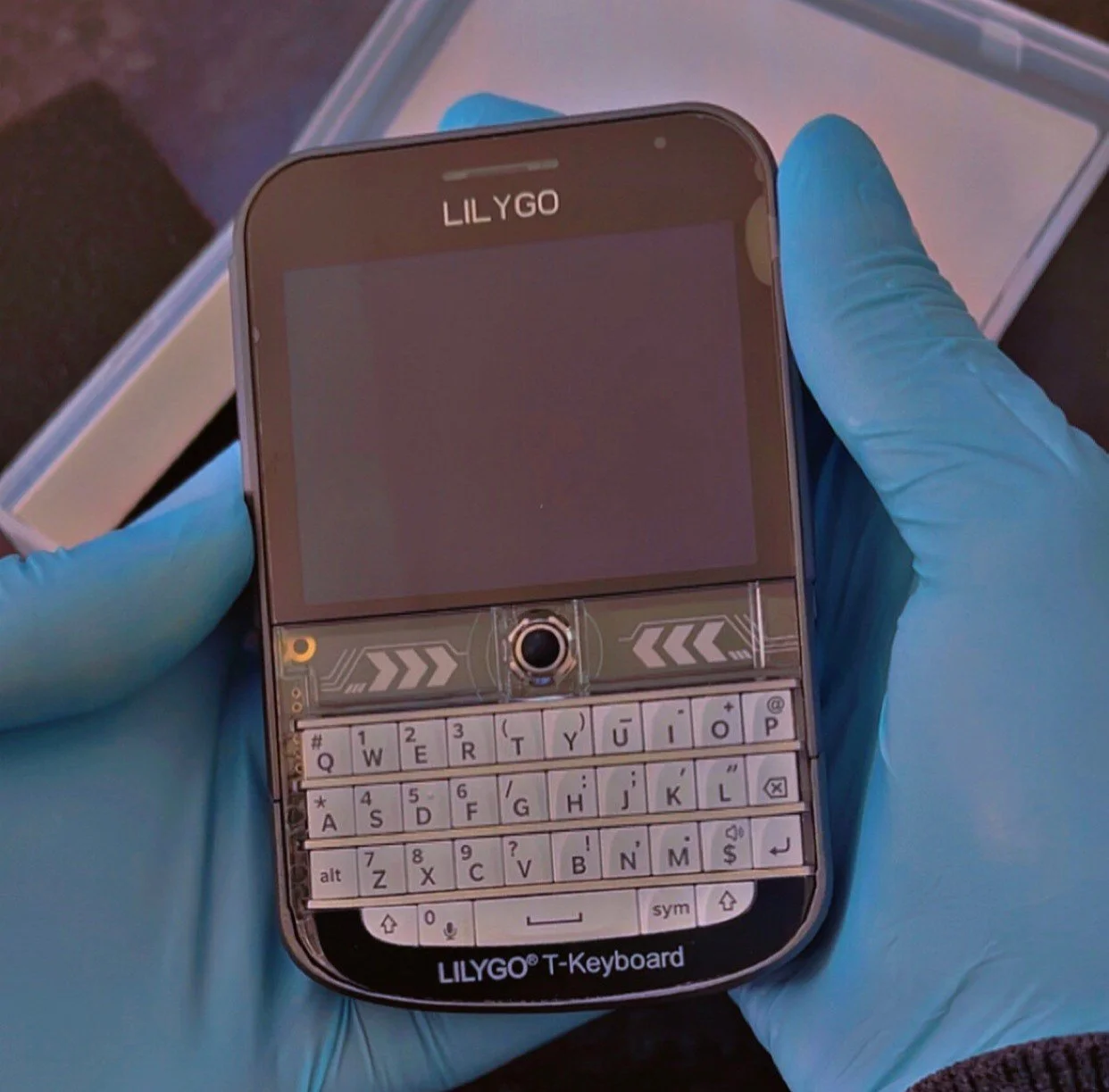When Cellular Networks Fail: How Decentralized Technology Can Keep Us Connected
On Monday, October 13, 2025, around 2:38 PM BST, Vodafone suffered a major outage, leaving hundreds of thousands of people without 4G, 5G, or broadband. Apps, websites, and even customer support portals went dark. While the culprit was a vendor software issue rather than a cyberattack, the consequences were immediate: our communication lives depend on infrastructure we don’t control. When centralized networks fail through human error, software glitches, or attacks, millions lose access instantly.
This fragility highlights a core difference in network design. Centralized networks are controlled end-to-end by a single operator. Users have no autonomy; when the system fails, connectivity vanishes. Decentralized networks, by contrast, spread control across multiple nodes. Each node can operate independently, relay messages, and maintain the network even if others fail. This adds a layer of resilience centralized systems cannot match.
LoRa and Mesh Networks: Communication Off the Grid
Enter LoRa and mesh networks. These low-power, long-range radio systems excel in off-grid communication and emergency scenarios. Open-source platforms like Meshtastic let users create self-healing, encrypted networks across communities of devices. Each device becomes a node in a larger mesh, capable of sending and receiving messages even when central infrastructure is down.
Devices such as the Lilygo T-Deck, Heltec V3, and W1Pro Tracker by Seeed Studio make this possible. The Lilygo T-Deck stands out: unlike devices that rely on your phone to interact with the mesh, it has built-in buttons, offering direct, secure messaging and reducing dependency on potentially compromised mobile devices.
These systems aren’t designed to replace high-bandwidth cellular networks—you won’t be streaming video over LoRa. But for low-bandwidth messaging, sensor data, and emergency communication, they provide a lifeline when centralized networks fail. Future articles will dive into advanced features like “ghost nodes” and automated routing, showing how decentralized networks can further extend coverage, security, and resilience.
The Vodafone outage is a clear warning: relying entirely on centralized infrastructure is a vulnerability. Decentralized LoRa mesh networks offer a practical, resilient alternative and a way to keep talking when the networks we depend on go dark.


